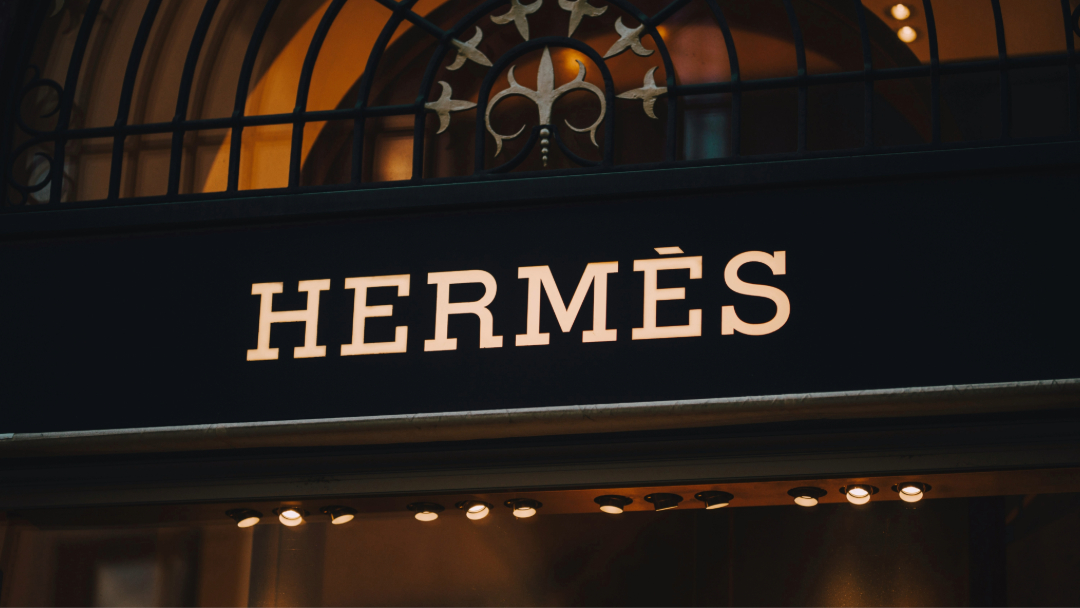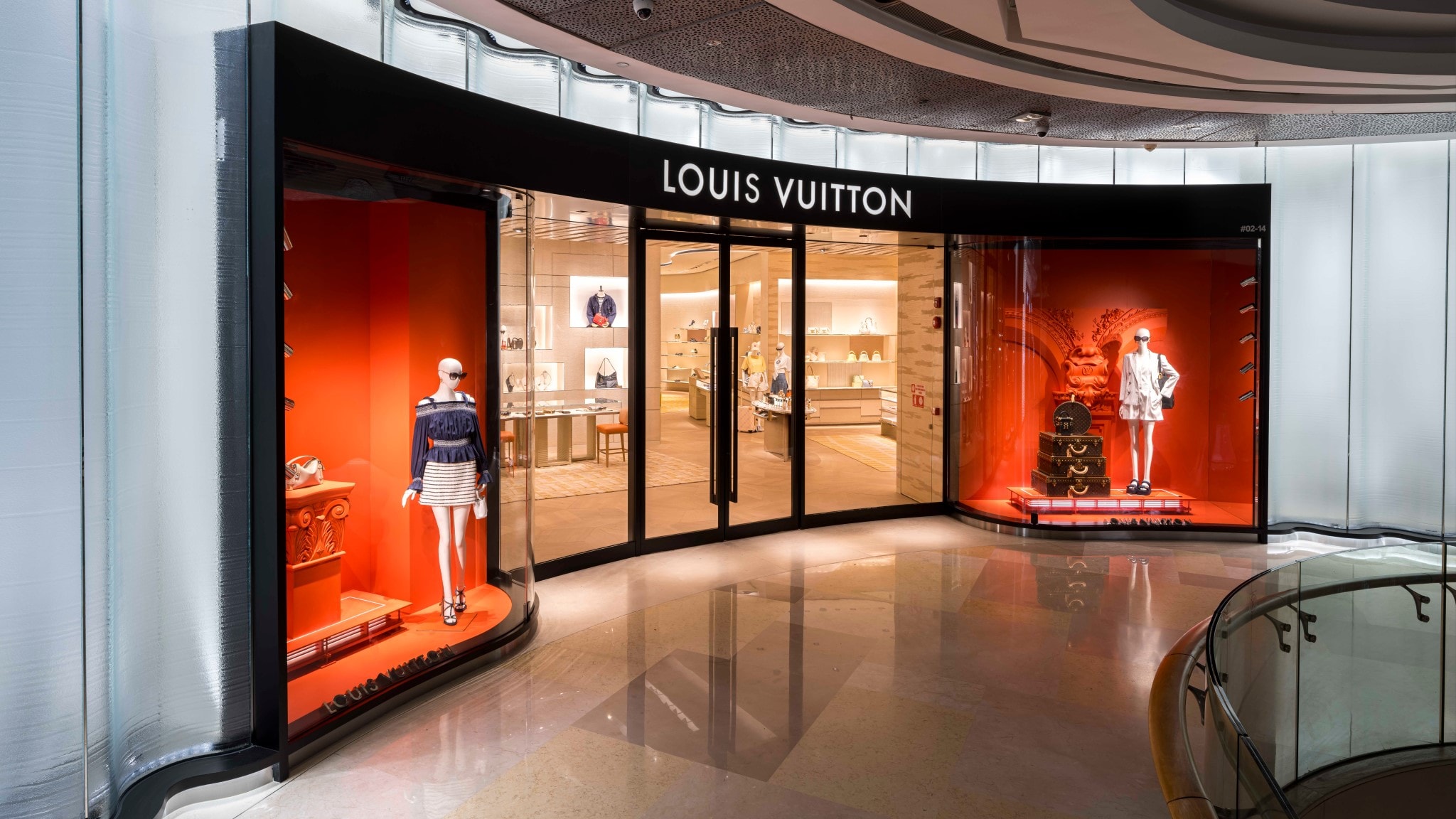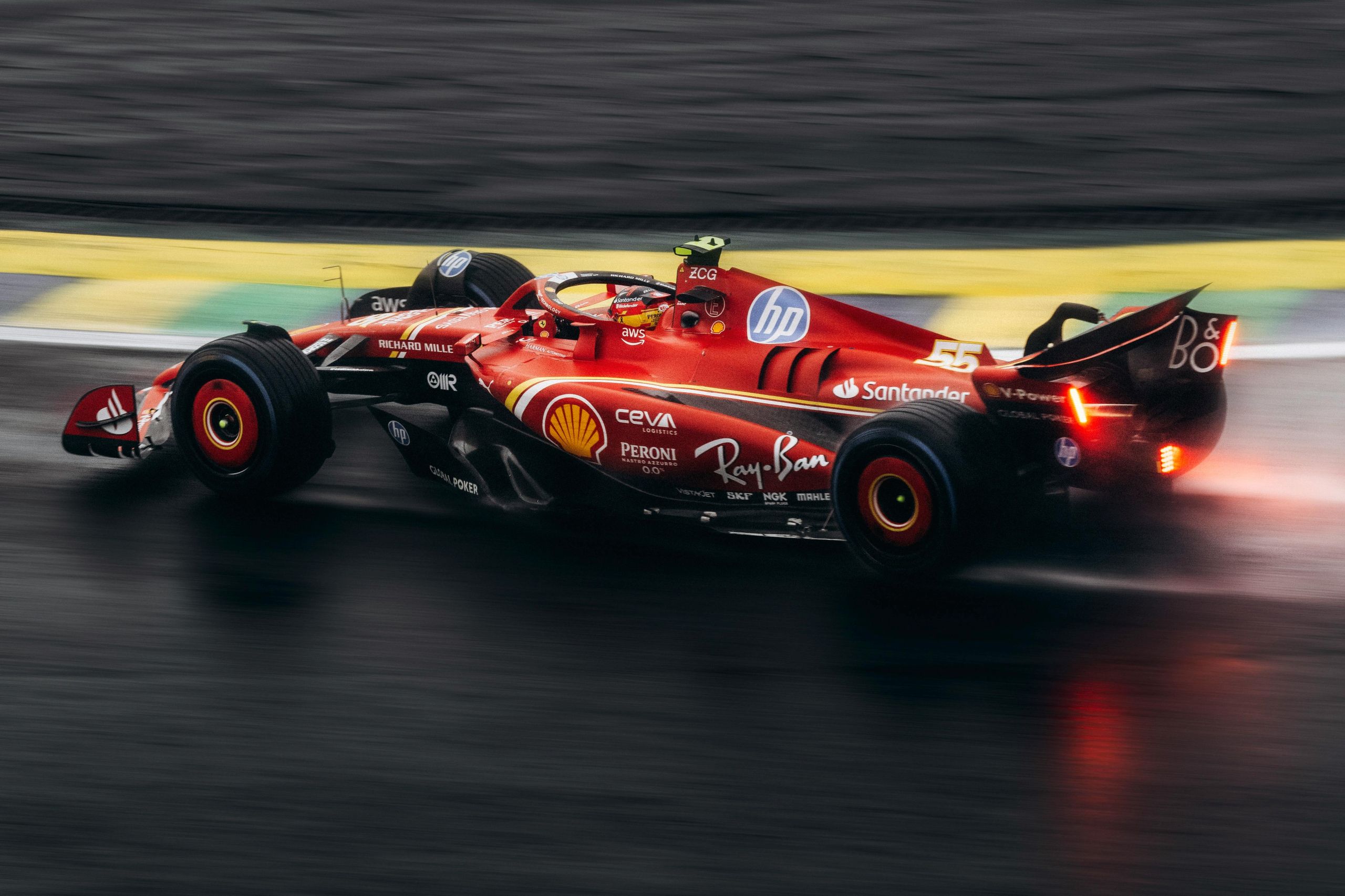The United Arab Emirates has all the hallmarks of a luxury hotspot – opulent standards of living, the highest disposable incomes in the world, and a booming economy. Here, Euromonitor takes a closer look at the region.

The United Arab Emirates has all the hallmarks of a luxury hotspot – opulent standards of living, the highest disposable incomes in the world, and a booming economy. Here, Euromonitor takes a closer look at the region.
The United Arab Emirates (UAE) has all the hallmarks of a luxury hotspot – opulent standards of living, the highest disposable incomes in the world, and a booming economy. Here, Euromonitor takes a closer look at the region.
Despite regional tensions, economic growth in the UAE maintained its steady upward trajectory in the last 5 years. As the country embarked on economic diversification, the UAE’s annual real GDP growth was expected to be 4% in 2014, up from 3% in 2013, supported by robust activity in the non-oil industry, such as tourism and a strong rebound in the real estate market.
The standard of living in the United Arab Emirates is one of the highest in the world; in fact UAE households enjoy the highest disposable incomes in the world, which posted region-beating growth between 2009 and 2014.
“ The UAE has maintained its steady upward trajectory for the last 5 years ”
However, the hefty share of essential outlay in total budgets – a product of steep housing costs – curbs luxury spending somewhat. Nevertheless, sales of luxury goods in the UAE reached in excess of AED 17.5 billion in 2015 (US$4.8 billion fixed exchange rates).
Like many of the GCC markets, the UAE is very much a “label me” environment, where brands are regarded as symbols of social status and success. The UAE population’s demand for luxury has brought all major luxury brands to this market, many of which entered the GCC region for the first time through Dubai.
Highest Incomes In Region Outpaces Peers
In 2014, the UAE’s per capita annual gross income totalled AED133,324 (US$36,303), the largest sum in the Middle East and Africa that year. The indicator jumped by 37.3% in real terms (or an average real upswing of 6.5% per year) over the 2009-2014 period, the sharpest gain in the region throughout the timeframe.

Dubai
Per capita annual gross income posed an erratic performance during the interval, with real year-on-year movements veering between a 2.8% fall in 2012 and an 18.9% surge in 2010, as the economic ups and downs that impacted the Emirates included fluctuating oil demand; extensive infrastructure spending (including preparations for hosting a world Expo in Dubai in 2020); the 2009 Dubai debt crisis; and a volatile property market.
Continued public expenditure – the authorities plan to invest up to US$500 billion in infrastructure over the long term – and diversification to lessen the Arab country’s reliance on oil exports will support the UAE’s economy, as it matures and stabilises. As a result, between 2015 and 2030, per capita annual gross income is projected to rise by an average of 2.7% per year in real terms to finish the period at AED203,409 (US$55,387).
Abu Dhabi and Dubai together contribute about 80% of the UAE’s income. Abu Dhabi’s diversification programme has made impressive progress. Its non-oil industries now account for around 48% of real GDP and are larger than Dubai’s entire GDP. Dubai’s diversification efforts were side-tracked by troubles in the financial industry and the real estate market but both sectors have recovered, boosting growth in recent years.
“ The UAE is the second largest FDI recipient among Arab countries after Saudi Arabia ”
The UAE is the second largest FDI recipient among Arab countries after Saudi Arabia, attracting nearly US$74 billion over the past four decades. As the UAE has developed into a major services hub in the Middle East, its dependency on oil exports has declined.
Middle-aged citizens are prominent in the UAE’s uppermost gross income bracket: The 40-44 cohort made up the largest share of the population earning an annual gross income of US$150,000+ in 2014, at 23.4%, ahead of the 35-39 age bracket on 21.1%. This is partly a matter of demographics, as these two age bands accounted for a combined 28.9% of the UAE population at large in 2014. Many of the well-remunerated specialist expatriates working in the country also fall into these middle-aged cohorts.
Population ageing will shift peak earning power further up the age distribution. In 2030, 22.9% of individuals on an annual gross income of US$150,000+ will fall into the 45-49 demographic, with the 50-54 age bracket second on 19.6%. That year, individuals aged 45-54 will account for 29.9% of the total population. Marketers of luxury goods in the UAE may, therefore, wish to tailor their strategies to a maturing middle-aged consumer profile.
“ In 2014, the UAE was home to 7.5 million foreign citizens ”
In 2014, the UAE was home to 7.5 million foreign citizens, the majority of whom are poorly paid migrant workers, usually from the Indian subcontinent, who hold jobs in construction or domestic service and remit most of their wages to families back home. This tips the country’s social class system significantly towards lower income-earners.
Over the 2009-2014 period, social class E registered the fastest expansion, namely an upsurge of 14.2%, closely followed by social class A on 13.1%. The inner social classes of B, C and D grew more moderately by between 2.8% (social class C) and 5.4% (social class B) during the timeframe.
While migrant inflows came in response to the UAE’s major infrastructure programme, inflating the ranks of the low-paid, the richest UAE citizens enjoyed greater personal enrichment opportunities created by the country’s dynamic and diversifying economy. This decentralisation of the social class distribution supports demand for both high-end luxury goods and budget purchases.
“ UAE luxury goods e-commerce is forecast to reach AED185 million (US$185 million) in value terms by 2020 ”
UAE Leads E-Commerce In The Middle East
The UAE is the clear leader in the e-commerce industry in the Middle East, with 50% of consumers going online to shop in 2013, followed by Saudi Arabia and Qatar with 47% and 45%, respectively. Benefiting from a young, tech-savvy population, the UAE has the highest internet smartphone ownership rates, estimated by Euromonitor International at about 70%.
UAE luxury goods e-commerce is forecast to reach AED185 million (US$185 million) in value terms by 2020. The Middle East’s e-commerce and m-commerce are expected to witness strong growth in the next five years, as consumers increasingly opt for faceless transactions.
According to Euromonitor International estimates, total online sales across all consumer goods in the Gulf Cooperation Council countries are expected to reach US$15 billion in 2015. The market experienced growth of about 30% between 2011 and 2012, from US$7 billion in 2011 to US$9 billion in 2012. Moreover, mobile sales represented about 10% of the Middle East’s e-commerce in 2013, and are expected to double to 20% in transactions terms by 2015.

Mall of the Emirates: Dubai is home to the worlds first “Resort Mall” shopping experience
Luxury Sales Strongly Encouraged By Shopping Tourism
Tourism to the UAE is booming, partly because the country is seen as an island of stability in the midst of the Arab Spring with many travellers rerouting their vacations here from other countries in the Middle East.
The UAE promotes itself as a luxury shoppers’ paradise with elaborate destination malls, shopping festivals, a large selection of international luxury brands, no sales tax and lower prices than in many surrounding countries.
Shopping tourism from Saudi Arabia and other GCC countries is especially strong during Dubai’s shopping festivals and in the run up to major holidays like Eid al Fitr and Eid al Adha. Tourists account for 50% or more of some luxury retailers’ sales, with products from international legacy brands like Louis Vuitton, Gucci, Rolex and Cartier being especially popular.
“ Tourism from China to the UAE has increased exponentially and the growth is expected to continue ”
The recent “approved destination status” that the UAE received from China made travel easier for Chinese citizens and helped to increase advertising for tour operators. Both Emirates and Etihad Airways now also offer direct flights between the UAE and major cities in China.
This has caused tourism from China to increase exponentially and the growth is expected to continue. Chinese tourists have substantial disposable income and luxury goods are high priority purchases, especially Luxury bags and watches. Leading luxury boutiques and upscale department stores are also striving to improve tourists’ in-store experience by hiring shop assistants with language skills in Mandarin and Cantonese, in addition to Arabic, English and Russian.
However, worries about the Chinese economic slowdown have panicked markets around the world with the UAE being of particular note. Fears have emerged that China, with its dollar currency peg, could curb investment in key Gulf sectors. The UAE intended to boost trade with China by 40% by the year 2020, however the recent meltdown and devaluation of the Chinese currency could have a major negative impact on such plans.
“ The total value of real estate transactions in Dubai rose from AED154 billion in 2012 to AED236 billion in 2013 ”
Expansion Of Luxury Retail Space Will Encourage Strong Future Growth
Property prices in the United Arab Emirates continued to increase in 2015. The announcement that Dubai had been awarded the rights to host Expo 2020 led to sustained growth in the price of real estate across the country during 2014, although at a slower rate than earlier in the review period.
According to industry sources, the Dubai Land Department recently revealed that the total value of real estate transactions in Dubai rose from AED154 billion in 2012 to AED236 billion in 2013.
Furthermore, it was mainly flats and apartments changing hands during the first quarter of 2014 as more single immigrants and expatriates moved to Dubai to take advantage of the improving employment market in the emirate.

Aerial shot of Dubai skyline
An additional 24,000 residential housing units are expected to change hands by the end of 2014. There is, however, a shortage of housing for middle-income consumers in Dubai and this demand is expected to increase over the course of the forecast period, widening the current gap.
Commercial rents for retailers operating in Dubai Mall, the Mall of the Emirates and Deira City Centre increased by between 15% and 20% over the course of 2012, squeezing margins and leading some retailers to move to cheaper locations.
In light of the sustained real estate boom in the United Arab Emirates, a gap has opened up between those who can afford to purchase prime real estate in Dubai and Abu Dhabi and those who are forced to move to cheaper residential areas. This has resulted in changes to the luxury retailing landscape.
“ An ever-growing number of prime job opportunities has encouraged the development of new luxury shopping centres ”
Furthermore, the consistent influx of expatriates into the country as a result of its status as an economic powerhouse with an ever-growing number of prime job opportunities has encouraged the development of new luxury shopping centres by companies such as Majid Al Futtaim across the country, although much of this development is currently focused on Abu Dhabi.
Although Dubai’s luxury retail landscape is already highly developed, many luxury brands expanded their presence in recent years. Bottega Veneta, Longchamp, Salvatore Ferragamo, Bally and Van Cleef & Arpels all expanded their retail networks since 2013.
Level Shoe District, which opened at The Dubai Mall in autumn 2012, also provided a substantial boost to the luxury footwear market. Promoted as the world’s largest shoe store with a massive 96,000 square feet and 250 brands, the shoe emporium is home to numerous luxury brands including Dior, Louis Vuitton, Prada and Tod’s.
“ The Emirate of Abu Dhabi is expected to increase its promotion as a desirable luxury shopping destination ”
Another major retail development was the opening of Avenue at Etihad Towers in Abu Dhabi in 2012. The new exclusive luxury shopping centre is now home to more than 35 luxury brands, making it a key luxury shopping destination in the capital. The Emirate of Abu Dhabi is expected to increase its promotion of the capital as a desirable luxury shopping destination, which is anticipated to substantially boost luxury sales from tourists.
However, changes to luxury brands’ pricing policies in other regions could potentially have a negative effect on sales of these items to tourists in Abu Dhabi and Dubai.
Many tourists are attracted to the UAE partly because the favourable prices of luxury items which are substantial lower than in their home countries. This is especially true for tourists from China and Russia. If major brands continue to reduce the difference in price between these countries and the UAE, some tourists may not see the need to purchase bags whilst on holiday and will prefer to buy them at home.
To further investigate local luxury markets on Luxury Society, we invite you to explore the related materials as follows:_
– Japan: Luxury’s Latest Golden Child?
– Indonesia: A Slow-Burning Luxury Brand Hotspot?
– South Korea: Asia’s New Luxury Gem?










